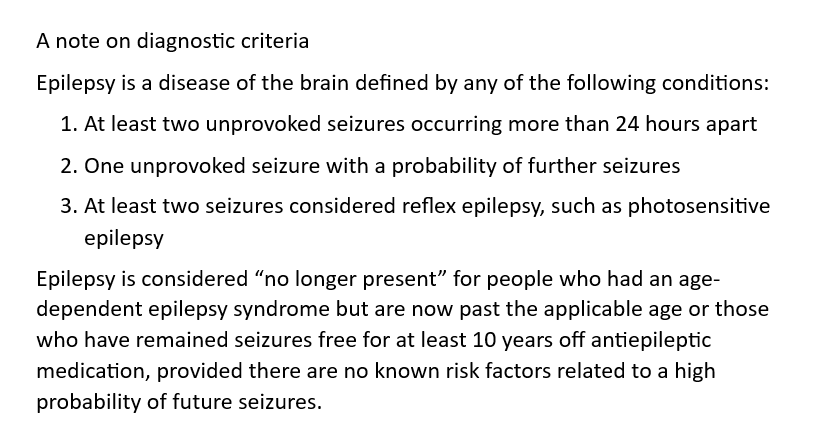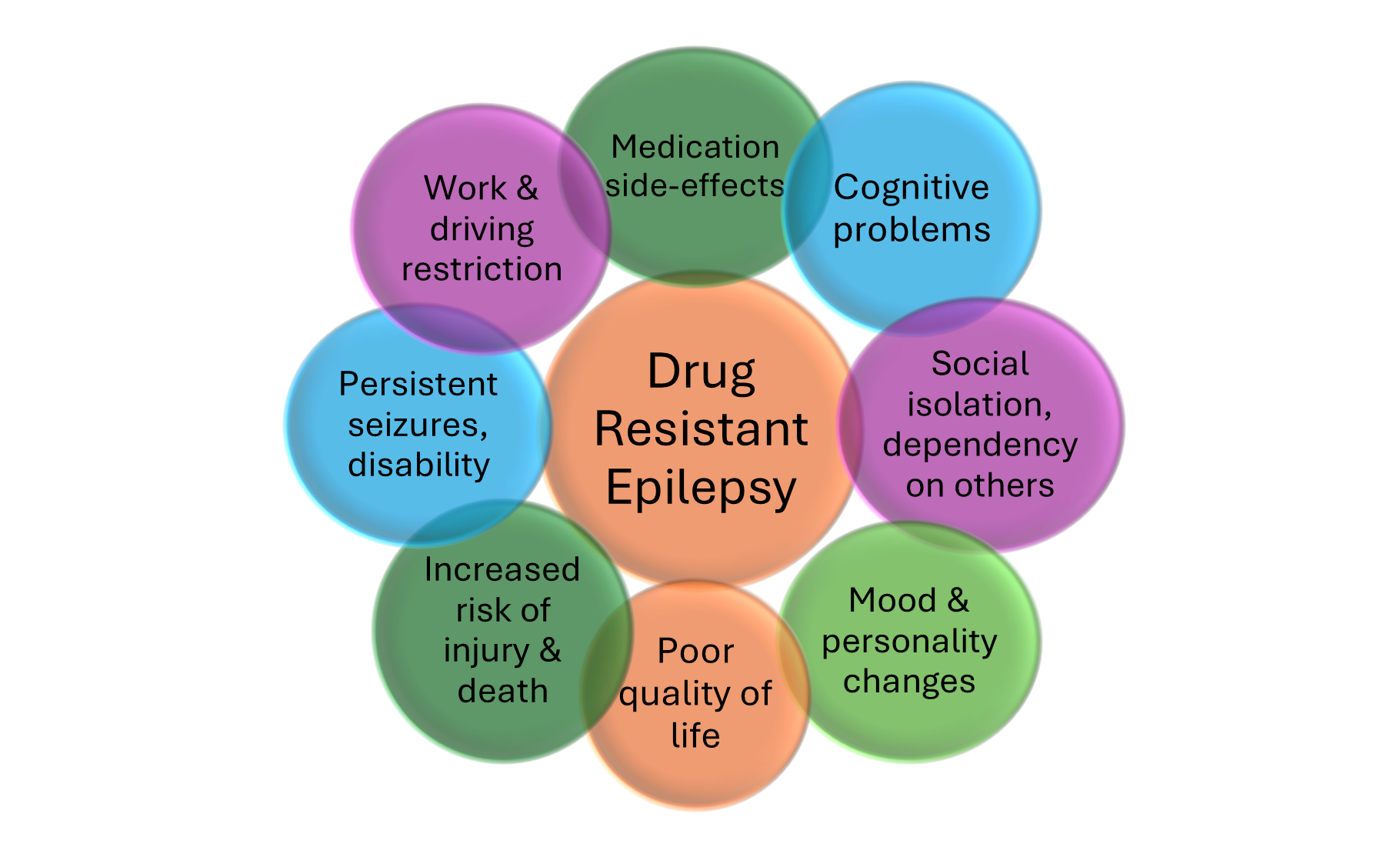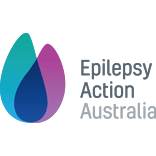Established in 1952, Epilepsy Action Australia is the leading service provider offering vital and essential support to people affected by epilepsy across the nation. We are guided by our vision of better outcomes for those living with epilepsy.
Our highly skilled specialist Epilepsy Nurses and support staff help thousands of children, adults and families understand, accept, adjust to, and manage a diagnosis of epilepsy.
Our Mission
Epilepsy Action Australia delivers services to raise epilepsy awareness, understanding and learn self-managment skills to improve the quality of life for people with epilepsy across Australia. We deliver equitable and consistent services to all people irrespective of where they live.
As the leading and oldest provider of epilepsy services nationwide, we also focus on increasing wider public understanding and are at the forefront of partnering and funding research into interventions and treatments.
Our Services
Assistance and advice
Our team, including specialist epilepsy nurses, offer individualised support, information and services needed by people with epilepsy, their family and friends and others involved.
Education and training
A key priority for Epilepsy Action Australia is delivering the very best education and training nationwide to people with epilepsy, their families, caregivers and the wider network of people involved. We have an extensive number of online tools and resources to deliver flexible, user-friendly education and training options for a variety of audiences.
Find out more about our National Epilepsy Education.
Understanding and awareness
We are committed to building a better future for all Australians with epilepsy through greater public awareness and education, to enhance understanding of epilepsy and response to seizures in the general community.
Supporting research
We are at the forefront of partnering and funding research into new interventions and treatments to help improve and save lives.





